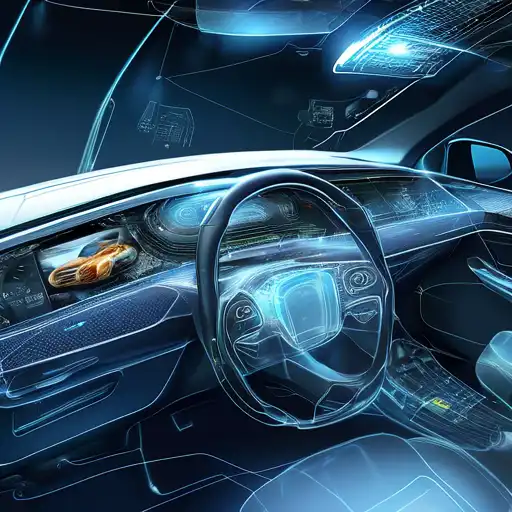Introduction to Embedded Systems in Automotive
Embedded systems have become the backbone of modern automotive engineering, driving innovations that enhance safety, efficiency, and user experience. These specialized computing systems are designed to perform dedicated functions within larger mechanical or electrical systems, making them indispensable in today's vehicles.
The Role of Embedded Systems in Automotive Safety
Safety is paramount in the automotive industry, and embedded systems play a critical role in ensuring it. From advanced driver-assistance systems (ADAS) to electronic stability control (ESC), these systems continuously monitor vehicle performance and environmental conditions to prevent accidents and protect passengers.
Advanced Driver-Assistance Systems (ADAS)
ADAS technologies, such as automatic emergency braking (AEB) and lane-keeping assist (LKA), rely heavily on embedded systems to process real-time data from sensors and cameras, making split-second decisions that can save lives.
Electronic Stability Control (ESC)
ESC systems use embedded technology to detect and reduce loss of traction, automatically applying brakes to individual wheels to help drivers maintain control of the vehicle during sudden turns or slippery conditions.
Innovations Driven by Embedded Systems
Beyond safety, embedded systems are fueling innovations that redefine what vehicles can do. From autonomous driving to connected car technologies, these systems are at the heart of the automotive revolution.
Autonomous Vehicles
Self-driving cars depend on complex embedded systems to interpret sensor data, navigate roads, and make driving decisions without human intervention, promising a future of reduced traffic accidents and enhanced mobility.
Connected Car Technologies
Embedded systems enable vehicles to communicate with each other and with road infrastructure, improving traffic flow, reducing emissions, and enhancing the overall driving experience.
Challenges and Future Directions
Despite their benefits, the integration of embedded systems in automotive applications presents challenges, including cybersecurity risks and the need for continuous software updates. However, ongoing advancements in technology and standards are addressing these issues, paving the way for even more innovative applications.
Cybersecurity in Embedded Systems
As vehicles become more connected, the risk of cyberattacks increases. Manufacturers are implementing advanced encryption and intrusion detection systems to protect against unauthorized access and ensure passenger safety.
The Future of Embedded Systems in Automotive
The future holds exciting possibilities for embedded systems in automotive, from more sophisticated ADAS features to fully autonomous vehicles. As technology evolves, these systems will continue to play a pivotal role in shaping the future of transportation.
Embedded systems are transforming the automotive industry, making vehicles safer, smarter, and more efficient. By leveraging these technologies, manufacturers are not only enhancing current models but also paving the way for the next generation of automotive innovations.
